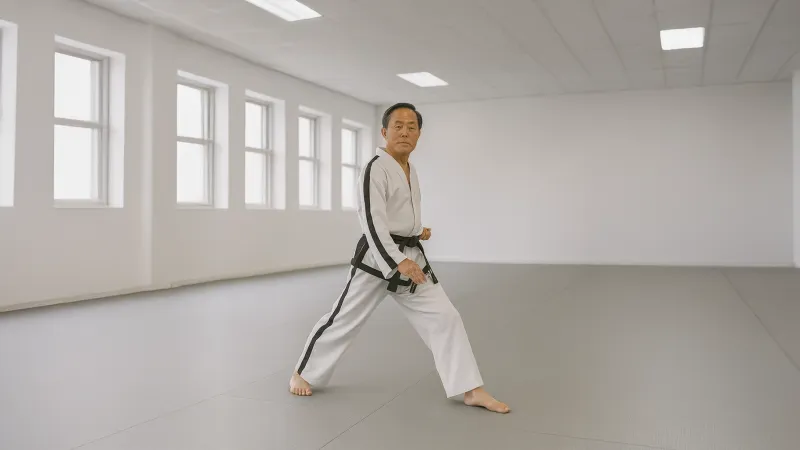
The Purpose of Patterns in Taekwon-Do
In Taekwon-Do, patterns (tuls) are prearranged sequences of fundamental movements, performed against imaginary opponents. They serve multiple purposes: to train correct technique, to develop rhythm and balance, to improve breath control, and to instill the principles of the art. But for General Choi Hong Hi, the founder, patterns were much more than technical drills.
“A pattern is a work of art, a living history, and a moral lesson — all expressed through movement.” — Gen. Choi Hong Hi
The Historical Connection
Each pattern is named after a significant person, event, or ideal in Korean history. The number of movements, the shape of the diagram, and the symbolism are deliberate. These elements keep the memory of Korea’s cultural heritage alive, linking the physical training of Taekwon-Do with national pride and identity.
For example:
• Do-San honours Ahn Chang Ho, a leader of Korean independence.
• Hwa-Rang commemorates the youth group that unified the Silla dynasty.
• Choong-Moo pays tribute to Admiral Yi Soon-Sin, a naval hero.
By performing these patterns, students not only improve their martial ability but also carry forward the stories and values of their heritage.
The Moral Lessons in Patterns
Patterns are designed to reinforce the Tenets of Taekwon-Do:
• Courtesy: Performing with respect and attention to tradition.
• Integrity: Honouring the history and meaning of each tul.
• Perseverance: Committing to mastering each movement with precision.
• Self-Control: Maintaining composure and balance in execution.
• Indomitable Spirit: Expressing strength and determination through form.
“To perform a tul without understanding its meaning is like speaking without knowing the language.” — Gen. Choi Hong Hi
The Diagram and Symbolism
The floor diagram of each pattern — the path traced by the practitioner’s steps — carries symbolic meaning. Some diagrams resemble letters from the Korean alphabet, while others represent specific ideas, such as unity, balance, or honour. The direction, number of movements, and even the ending position are all intentional.
This symbolic design ensures that patterns remain a physical representation of philosophical principles, connecting the mental and physical aspects of Taekwon-Do.
Patterns as a Measure of Progress
In the ITF system, patterns are arranged in a sequence that reflects the student’s growth in skill and understanding. Early patterns focus on basic stances and techniques, while advanced ones require complex combinations, higher levels of balance, and deeper interpretation of meaning.
A student’s ability to perform patterns with accuracy, rhythm, and appropriate spirit is one of the most important measures of progress in Taekwon-Do.
The Spirit Beyond Technique
True mastery of a pattern comes when the performer understands:
• The story behind the name.
• The meaning of each technique in context.
• The emotion that should be expressed in performance.
In this way, patterns become a living embodiment of Taekwon-Do philosophy, merging the warrior’s discipline with the scholar’s respect for history and the artist’s sense of expression.
“A pattern is the soul of Taekwon-Do expressed through the body.” — Gen. Choi Hong Hi
Patterns as a Legacy
By practicing patterns, each generation of students connects with those who came before. They are the link between the founders, the history of Korea, and the global Taekwon-Do community. They are also the means by which the art’s philosophical, technical, and cultural heritage will be preserved for the future.